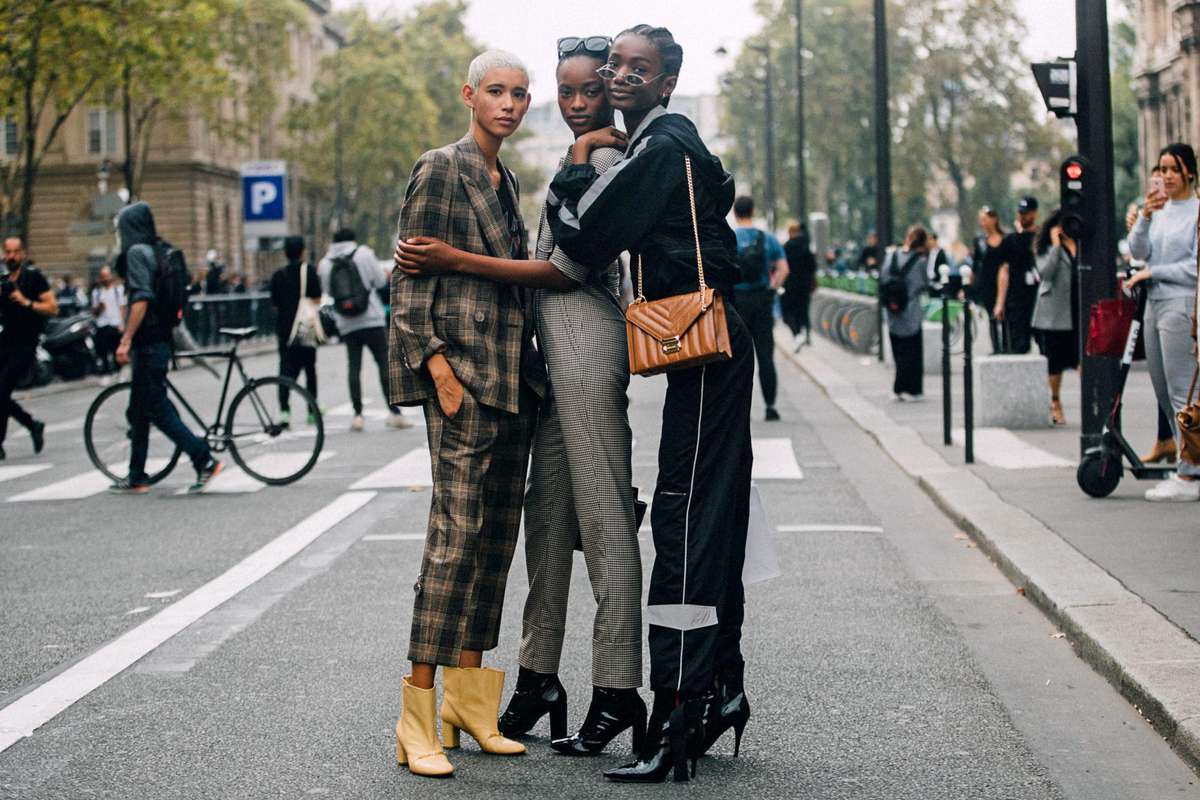
According to a report by consultancy BCG and sustainable style agencies, fashion manufacturers improved their environmental and social impact in 2018. Still, progress changed slower than in the previous year, in keeping with the record. The style enterprise’s development on lowering its environmental effect isn’t transferring speedy enough to counteract its speedy increase. It measured manufacturers’ efforts to make and put in force diverse commitments like decreasing carbon emissions and water use, boosting sustainable substances, and paying fairer wages.
Euromonitor expects the global apparel and shoe market to develop around five percent in line with the year through 2030. That might mean elevating annual manufacturing of favor to more than 100 million tons and “exerting an unparalleled pressure on planetary sources,” the report said. “The industry actually needs to select up the tempo. Brands are enhancing at a slower rate, and at the same time, we see big production growth,” stated Morten Lehmann, chief sustainability officer of the Global Fashion Agenda, one of the companies sponsoring the file.
Fashion agencies throughout the fee spectrum, from speedy-style giant Hennes & Mauritz AB to luxury outfits like Gucci proprietor Kering SA and LVMH, have introduced new commitments on sustainability in the latest years. Consumers and regulators alike are an increasing number concerned about the fees of the short-moving enterprise, whose carbon emissions are envisioned to be extra than the ones of all worldwide flights and maritime shipping blended.

Outcry over a number of the industry’s most-seen excesses — which includes excessive-end gamers destroying unsold inventory to save you selling at steep reductions — has led manufacturers like Burberry Group Plc to ramp up efforts on recycling and reusing substances. Kering is looking for ways to make raw materials like cotton and cashmere greater traceable to impose more rigorous requirements on its providers. But surging demand for style — led using developing nations and particularly China — means that those modifications are rarely enough to reduce manufacturers’ environmental effect in absolute phrases.
A spokeswoman for H&M said the document didn’t fully replicate development companies made on implementing present commitments. The Swedish retailer has reduced its universal carbon emissions by way of eleven percent because 2017 and has boosted the use of recycled, natural, or truthful-alternate-certified cotton to 95 percentage, she stated.
Colorful fashion traits of India
With the quiet of the twentieth century, the stop of all hype has created more sensible and pragmatic surroundings and has given a greater strong image of the fashion commercial enterprise. In the 50s, 60s, and 70s, the Indian-style state of affairs wasn’t exactly colorless. It becomes exciting, fashionable, and very swish. There were no designers, fashions, celebrities, or fashion design labels that the country could display off. The cost of a garment becomes judged using its style and fabric and now not with the aid of who made it.
It turned into seemed as ever so chic to method any surprising tailor, who ought to make a garment for some rupees, supplying the suitable fit, finish, and fashion. The excessive society girl, who wore it, became proud of getting a terrific good buy and giving her name to the stop result. In the 60s, tight ‘kurtas,’ ‘churidars’, and high coiffures were a trend amongst ladies. It changed into a technology complete of naughtiness and celebration in arts and tune and cinema, manifested using liberation from the limit and attractiveness of new styles of substances such as plastic film and lined polyester material.







